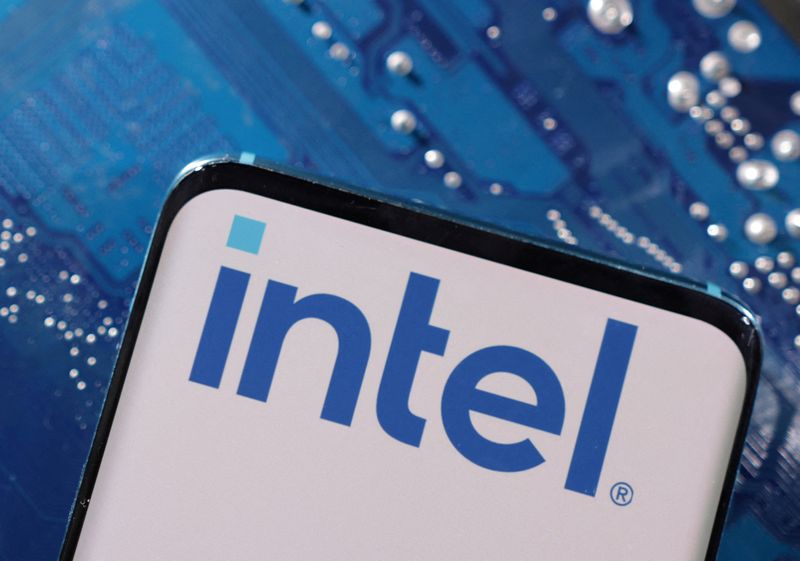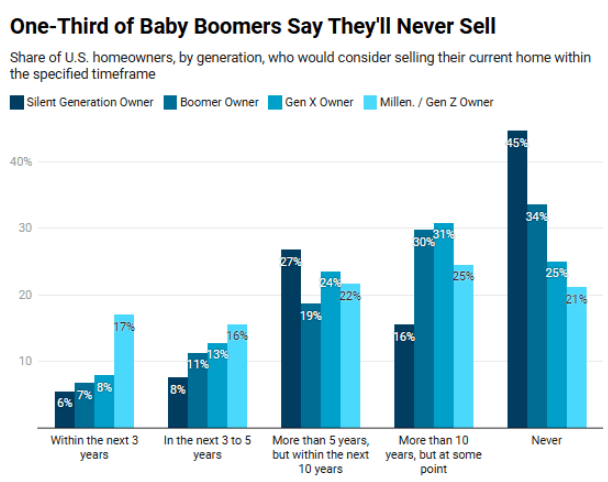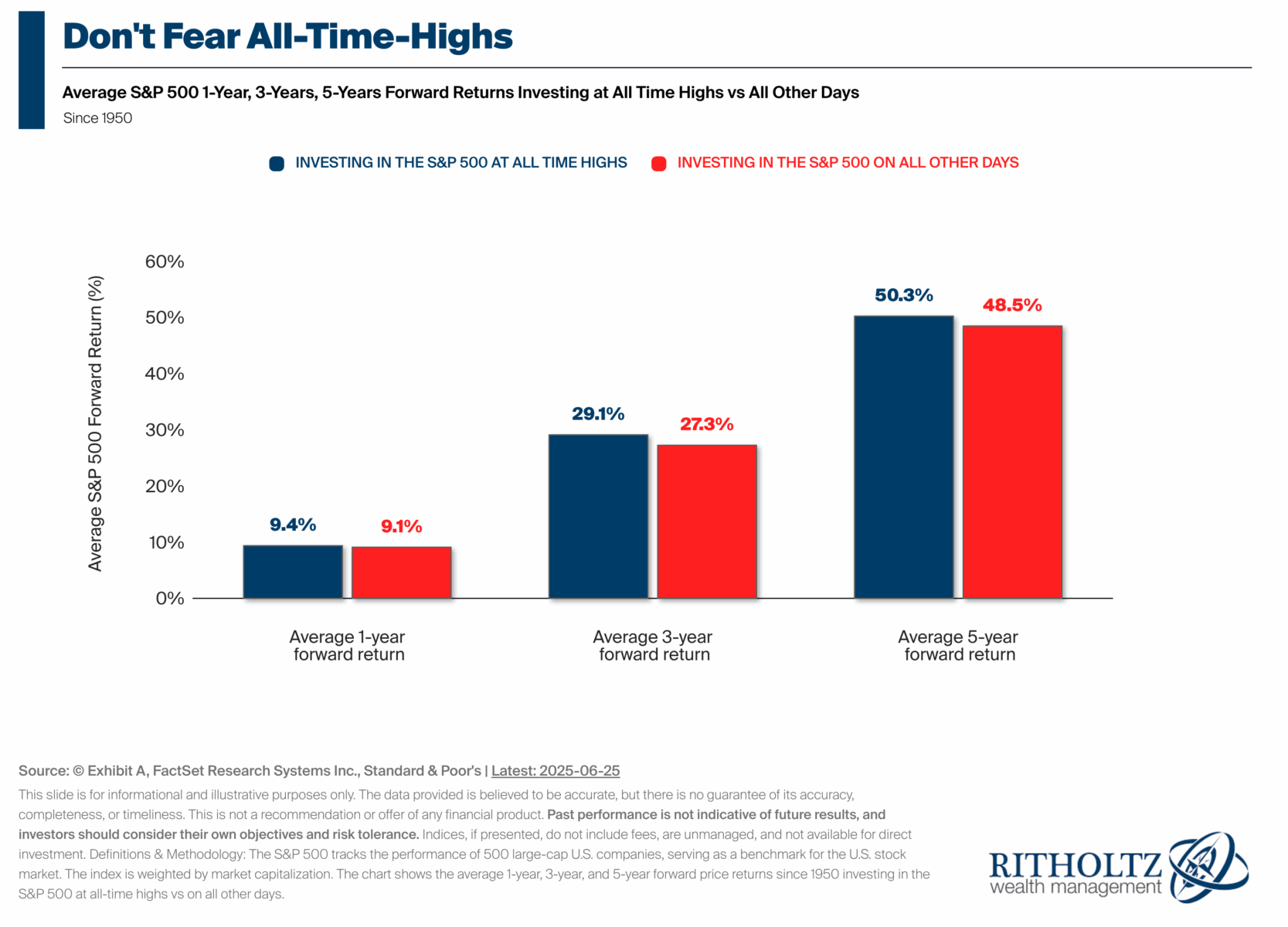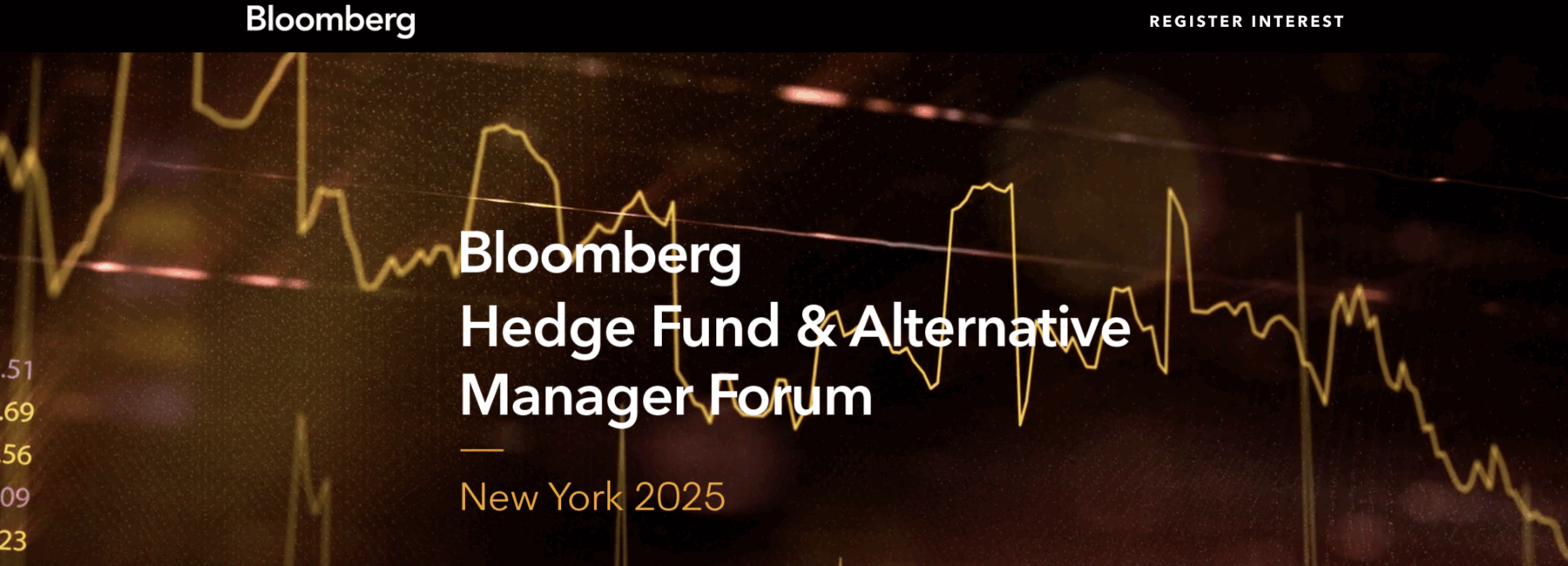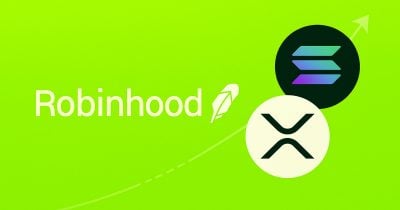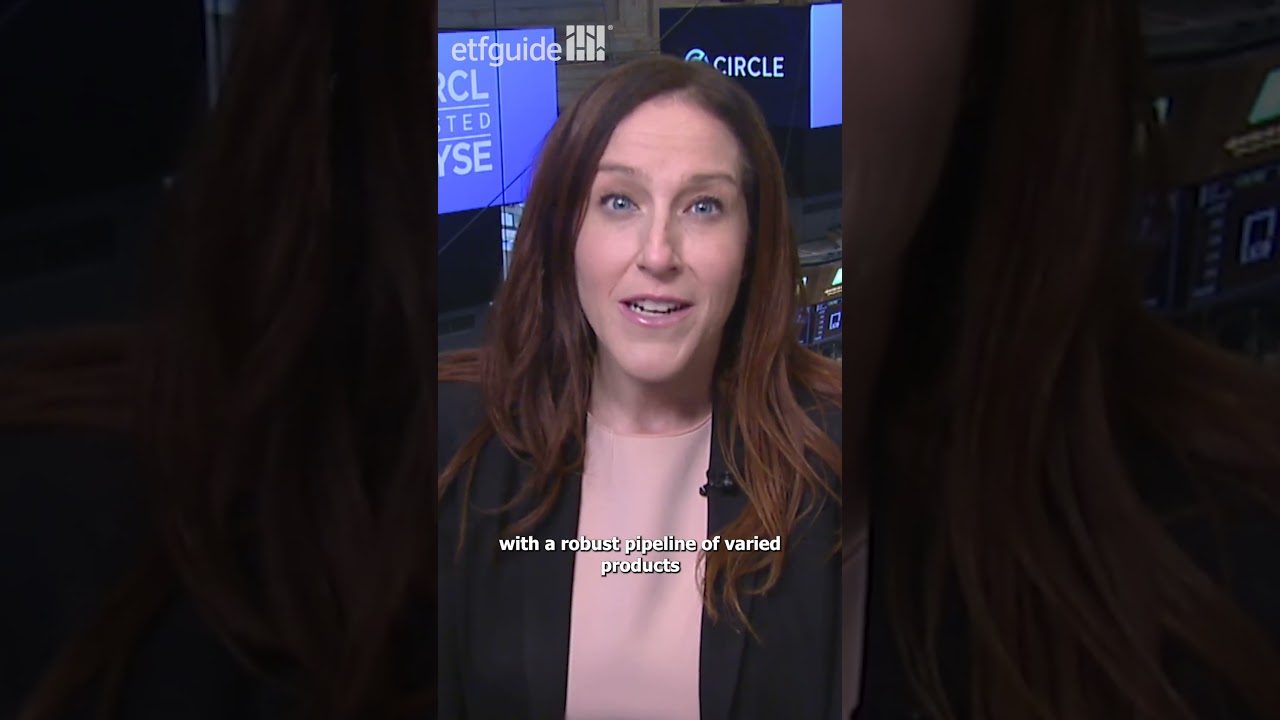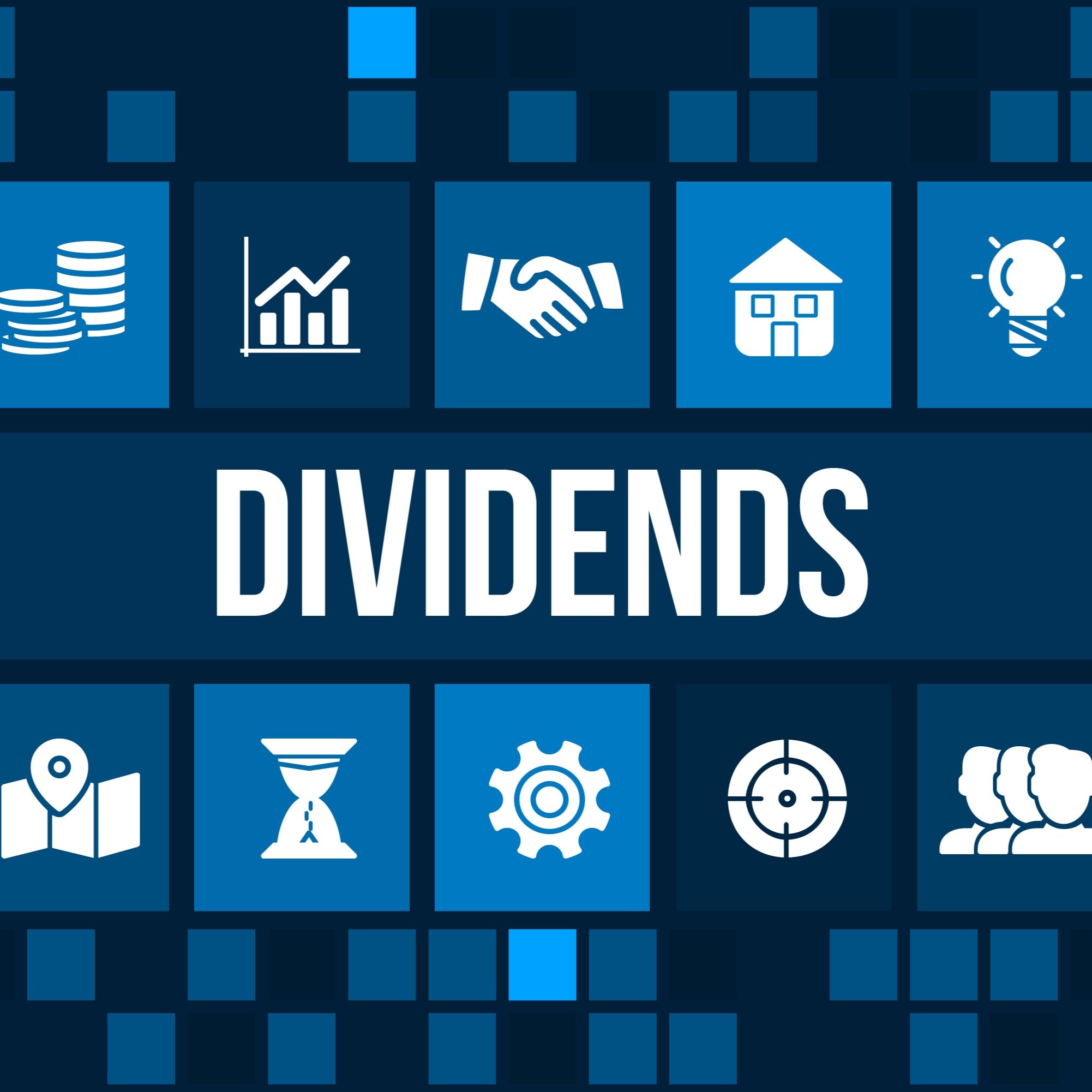NVDY vs. VIG: Monster Nvidia-Linked Yield or Steady Dividend Growth
Nvidia (NASDAQ:NVDA) has been one of the most successful stocks over the past decade. The high demand for artificial intelligence caught many investors off guard as Nvidia became the most valuable publicly traded corporation in the world. A strong rally can realistically make Nvidia the first stock that reaches a $4 trillion market cap, but […] The post NVDY vs. VIG: Monster Nvidia-Linked Yield or Steady Dividend Growth appeared first on 24/7 Wall St..

Nvidia (NASDAQ:NVDA) has been one of the most successful stocks over the past decade. The high demand for artificial intelligence caught many investors off guard as Nvidia became the most valuable publicly traded corporation in the world.
A strong rally can realistically make Nvidia the first stock that reaches a $4 trillion market cap, but it has one notable weakness. Nvidia has a pitiful dividend yield that only comes in at 0.026% yield. Most investors don’t seem to mind, but some of them are turning to the YieldMax NVDA Option Income Strategy ETF (NYSEARCA:NVDY).
NVDY is a new and flashy ETF, but rather than go with a new trend, other investors stick with the tried-and-true Vanguard Dividend Appreciation Index Fund ETF (NYSEARCA:VIG). This deep analysis will assess which of these funds presents the better buying opportunity.
Key Points
-
NVDY and VIG both offer high yields and have attracted plenty of investors.
-
NVDY has a few notable pitfalls that make VIG the more attractive opportunity.
-
Nvidia made early investors rich, but there is a new class of ‘Next Nvidia Stocks’ that could be even better. Click here to learn more.
The Portfolios

There isn’t much to say about NVDY. This fund simply sells covered calls against Nvidia stock. The expiration dates and strike prices frequently change, but there isn’t anything beyond that.
The Vanguard Dividend Appreciation Index Fund ETF has a more complex portfolio, which features 337 stocks that are mostly focused in the tech and financial services sectors. Those two industries make up almost half of the fund’s total assets.
Fellow AI chip stock Broadcom (NASDAQ:AVGO) is the fund’s top holding, and it makes up a little more than 5% of its total assets. VIG has roughly one-third of its assets allocated into its top 10 holdings. The fund currently does not hold any NVDA shares.
The Returns

NVDY is a new fund that has produced a 15.2% return over the past year, according to Morningstar. VIG has an annualized 12.0% return during the same span, but it demonstrates consistency with an annualized 13.8% return over the past five years. VIG also has a more reasonable 0.05% expense ratio compared to NVDY’s 0.99% expense ratio.
VIG produces a 1.79% yield, which is a part of its annualized returns. NVDY’s yield is all over the place due to options volatility and the stock’s price, but Morningstar currently lists 112.6% as the trailing 12-month yield.
However, that doesn’t mean investors received a 112.6% yield. This metric goes up as a stock’s price declines, and due to the way options trading works, NVDY command higher cash distributions when it traded at $30/share than it can at $16/share. Take the trailing 12-month yield with a grain of salt. Notably, NVDY pays out monthly cash distributions.
Most of NVDY’s gains are included in its dividend payouts. Shares are down by 31% year-to-date as of June 25, 2025. That’s a $7.44 per share drop. While percentages are usually more important, we can use NVDY’s monthly cash distributions to calculate the real return.
NVDY has rewarded investors with the following cash distributions up to June 23, 2025, when it did its most recent payout at the time of writing:
- January 6: $0.8983
- January 31: $0.8294
- February 28: $1.1618
- March 28: $0.7874
- April 25: $0.6734
- May 23: $1.6276
- June 23: $0.6721
If you add them all together, you get a $6.65 payout from January to June. That turns a $7.44 loss into a $0.79 loss per share. Meanwhile, Nvidia is up by more than 12% year-to-date and has recovered significantly since the tariff and DeepSeek drama.
The Final Verdict

A common theme has been sticking with growth stocks over their covered call ETFs, and that certainly rings true for Nvidia. However, when comparing VIG and NVDY, Vanguard’s fund is the clear winner. It’s up by 4% year-to-date and has a stronger record than NVDY, but there’s another key detail that makes VIG the winner.
NVDY’s covered call income of $6.65 per share from January to June helps cushion the blow of a declining stock price. However, Uncle Sam will stretch his hand a bit further with your NVDY cash flow. Options income is treated as ordinary income, which subjects it to a higher tax rate than qualified dividend income.
You’ll lose a lot of the $6.65 per share if you are in a high tax bracket and live in a state that also has high tax brackets. It’s a bit more palatable for retirees who are living on Social Security, but you can still do better for yourself when looking at total returns. VIG is the better choice of these two funds.
The post NVDY vs. VIG: Monster Nvidia-Linked Yield or Steady Dividend Growth appeared first on 24/7 Wall St..



















































